Pandan: the Perfume of Penang
Let me start the new year with a journey and take you to George Town. Located on the Malaysian island of Penang, the city was established in the 18th century by the British East India Company. The population of George Town is diverse, a mix of Chinese, Malay and Indian communities, each contributing its own traditions to Penang’s cosmopolitan blend. One of the most distinctive layers is formed by the Peranakans. The descendants of the Chinese who arrived starting from the 15th century and intermarried with the locals, the Peranakans blend Chinese, Malay and European customs. Their clothing, art and music are distinctive, but even more striking is their cuisine: Peranakan, or Nyonya, food is one of George Town’s main attractions.
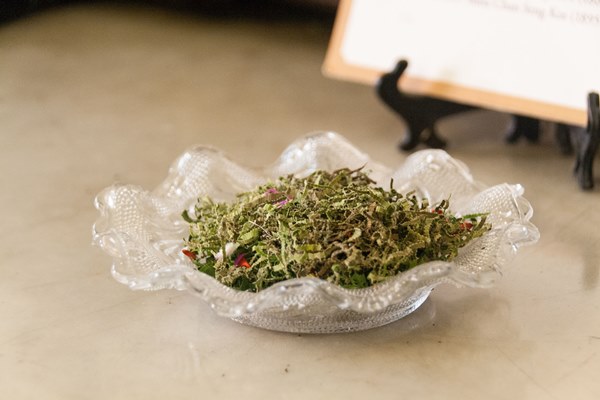
I traveled around Malaysia, exploring its scented and culinary traditions, but I kept returning to Penang. It drew me with its diversity, its history, and above all, its food. Penang’s food and scents are the topics of my recent FT column, Pandan: the Perfume of Penang. I explore the most characteristic of all scents in Peranakan cuisine, pandan.
Although the foods I tried in Penang were varied – I’ve written previously about the sheer variety of specialities on offer across its different neighbourhoods – one leitmotif during my explorations was the scent of pandan leaves. The Peranakans mix shredded pandan with rose petals, jasmine and perfume oil to create a home fragrance, but most often, the leaves of this tropical plant are used in their cuisine. Although pandan tends to be described as the vanilla of Asia for its ubiquity in desserts, its fragrance isn’t sweet. When raw, pandan smells green and nutty, but when cooked, it acquires the voluptuous, toasted perfume of basmati rice. To continue reading, please click here.
Photography by Bois de Jasmin
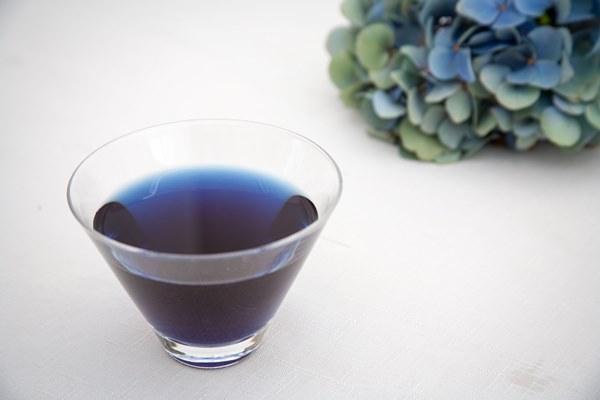











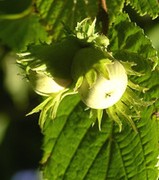
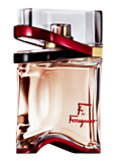
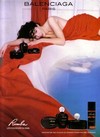
Joi in Giorgio Armani Mania : Long Lost Favorite Perfume: Yes!! January 25, 2024 at 2:54am